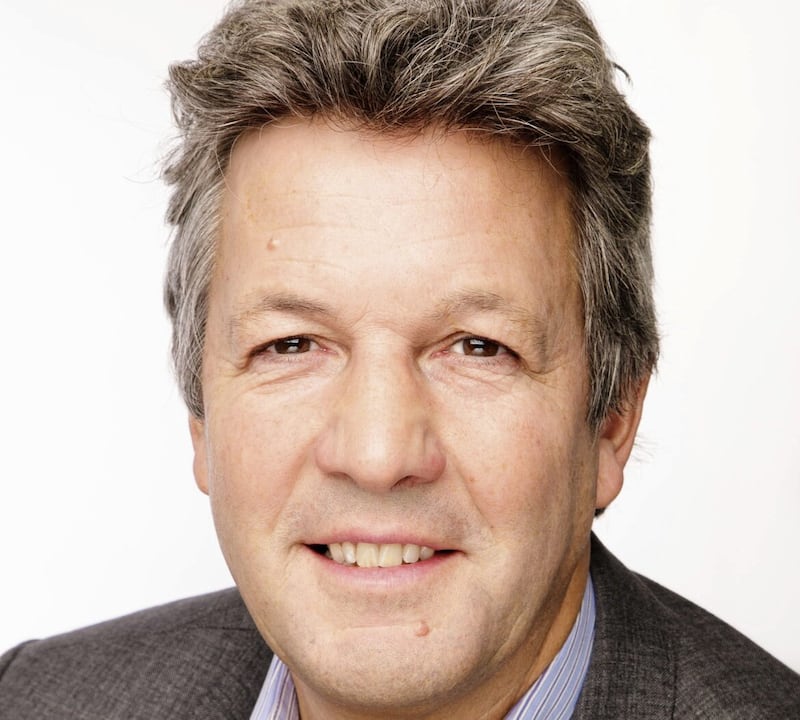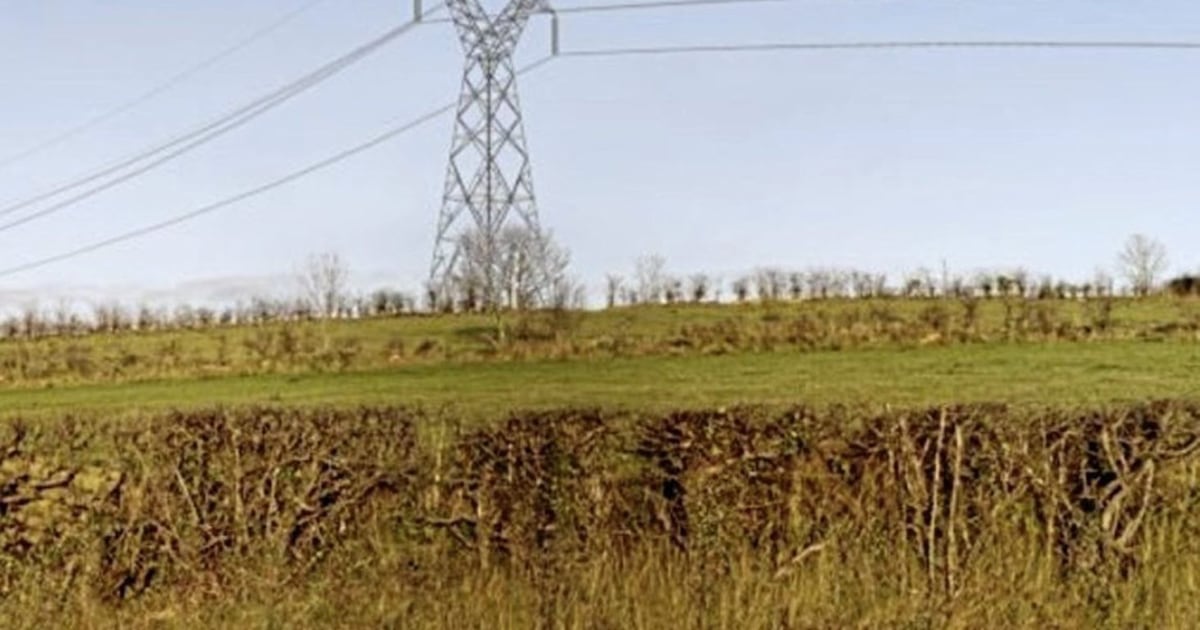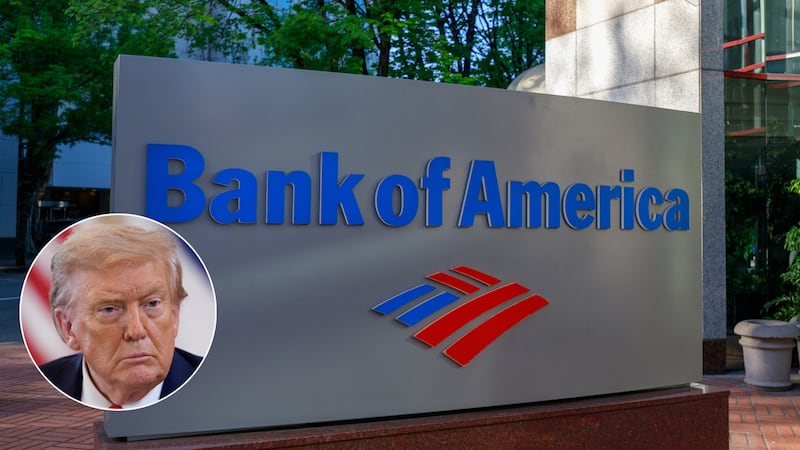With the Assembly just back after the summer recess, Northern Ireland’s energy future must be a top priority.
We know we need to deliver new secure and sustainable power generation to meet demand, and home-grown renewable energy is the clearest path forward.
It’s the cheapest and cleanest option, and crucially reduces our reliance on volatile international markets. But right now, Northern Ireland’s electricity grid isn’t ready to support the scale of investment needed.
Not that long ago we were a clean energy trailblazer, hitting our 40% renewables target early in 2020. But progress has stalled, putting our legally binding 2030 target of 80% renewable electricity at serious risk.
As it stands, Northern Ireland is not making the most of a wind resource that’s the envy of the world. Planning delays and the absence of a renewable support scheme are big factors, but perhaps the clearest issue is ‘dispatch down’.
‘Dispatch down’ is when the grid operator issues an instruction to wind farm operators to reduce, or completely stop, electricity generation due to limited grid capacity. With critical upgrades to Northern Ireland’s grid delayed, wind energy is being lost.
In 2024, wind farms here were dispatched down 30% of the time they could have been producing clean energy. This isn’t just a technical inconvenience; it’s an economic and environmental setback.
Northern Ireland must add at least 2,000 megawatts of new renewable capacity to meet targets. But when the wind farms we have are being turned down – or off – there’s no realistic prospect of delivering this additional capacity.
Ultimately, without a modern electricity grid to support new renewable generation, developers like SSE won’t be able to invest in Northern Ireland at the scale we want to. Without this investment, Northern Ireland won’t be able to reap the rewards that come with electrification – from lower emissions and energy costs, to stronger energy security and economic growth.
The solution requires utilising technological advancement to maximise the use of existing network capacity, coupled with faster investment in an electricity network that allows us to harness our enviable wind energy source.
Northern Ireland’s energy future is on the line. And on one line in particular: the North-South Interconnector.
Our electricity system operates within the all-island Single Electricity Market shared with the Republic of Ireland, making this cross-border infrastructure vital.
Strengthening the links between the two electricity grids will allow power to flow more freely across the island. It will immediately increase grid capacity, radically reduce dispatch down and enable greater integration of renewable energy generation onto our system.
SONI, Northern Ireland’s electricity grid operator, estimates that delays to the North-South Interconnector are costing consumers £55,000 a day. That’s a cost that’s hitting customer bills.
Our message is simple, political leadership must ensure that all of our public sector is empowered to deliver on the requirements set out in the Climate Change Act.
This is essential for ensuring clean energy, job creation and customer affordability are at the top of the decision-making agenda.
 SSEs Ireland chairman Mark Ennis
SSEs Ireland chairman Mark Ennis
But ultimately, all stakeholders – including governments north and south, transmission system operators, developers and the public – must work together to prioritise delivery of the North-South Interconnector given the urgency this moment demands.
It’s time to power on.
- Mark Ennis is chairman of SSE Ireland and former chairman of Invest NI

